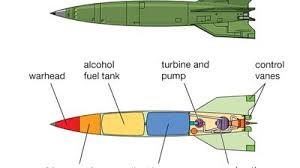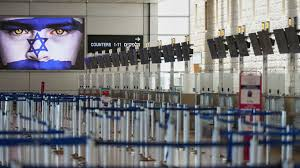Qatar Airspace Reopens, But a Long Road to Normalcy for Stranded Travelers

🛫 Qatar Reopens Airspace, But Airlines Grapple With Fallout From Gulf Aviation Shutdown
📍Introduction
Doha's Hamad International Airport is cautiously resuming operations after a dramatic and unprecedented shutdown triggered by a missile strike on Al Udeid Air Base on June 23, 2025. While the skies over Qatar officially reopened on Tuesday morning, June 24, the global aviation network continues to feel the aftershocks.
Airlines, overwhelmed terminals, and displaced passengers are now navigating the logistical storm left in the missile’s wake, with grounded planes and missed connections turning into a multi-day recovery operation.
📰 The Reopening: Statements and Coordination
In a carefully worded announcement, Qatar Airways confirmed the phased restoration of its services:
“Our focus at this time is to help our passengers return home or reach their onward journey safely and smoothly,” the carrier stated, adding that additional ground staff and customer support teams were deployed to manage the situation at Hamad International Airport.
Regional partners in the UAE, Bahrain, and Kuwait also resumed limited airspace operations, following regional security assessments. This coordinated reopening represents the first step toward untangling the disruptions affecting dozens of international carriers and global hubs.
📊 The Disruption in Numbers
The 18-hour airspace closure over one of the world's busiest aviation corridors left a sizable statistical footprint:
Metric Detail
| Flight Cancellations | Over 800 flights cancelled globally (FlightAware, June 24)
| Diversions | Dozens of long-haul flights rerouted to Riyadh, Muscat, Mumbai, and Cairo
| Impacted Airlines | Qatar Airways, Emirates, Etihad, British Airways, Singapore Airlines, Air India, Delta, Lufthansa, and others
| Stranded Travelers | Estimated 60,000+ passengers directly impacted by delay or rerouting
| Cargo Disruption | Time-sensitive air freight also delayed, with ripple effects on supply chains
👥 Real-World Passenger Impact
The human side of the crisis became visible on social platforms and in crowded terminals:
- QR012 (London to Doha) diverted mid-flight to Riyadh, with no pre-arranged visas, forcing passengers into limbo.
- An Air India Express flight from Kozhikode circled for over an hour before diverting to Muscat, creating confusion and fuel strain.
- A Qatar Airways flight from Birmingham returned to the UK after several hours in the air, as entry was denied across adjacent Gulf airspaces.
Airports such as Istanbul, Mumbai, and Jeddah quickly became holding zones for redirected or displaced travelers, with terminals facing capacity strain and limited accommodation availability.
⚙️ Challenges Ahead: Clearing the Backlog
Airlines now face a multi-pronged operational challenge:
- Repositioning aircraft stuck at non-hub airports
- Reallocating flight crews while maintaining rest requirements
- Rebooking thousands of displaced passengers
- Managing PR and refund expectations
For passengers scheduled to travel June 24–27, airlines advise frequent flight status checks and warn of fluid schedules subject to change.
“This isn’t a light switch — restoring full operations will take three to five days at minimum,” said aviation operations consultant Jamil Rahman.
📉 The Economic Impact
Though short in duration, the closure’s economic toll is severe:
- Fuel costs for diversions and returns-to-origin are non-recoverable.
- Compensation claims under duty-of-care obligations (e.g., food, hotel) will run into millions.
- Revenue loss from cancelled high-yield flights through the Gulf corridor — especially in business and cargo class — is substantial.
Some analysts estimate daily losses in excess of $100M for the global airline sector, not accounting for longer-term impacts on consumer confidence and travel patterns.
✅ Conclusion
The reopening of Qatar’s skies is welcome news — but it’s only the beginning of the industry's operational recovery. As flights resume, the aviation system must reconcile missed itineraries, stranded cargo, and stressed infrastructure.
For travelers, patience remains essential. For the airline industry, this episode is a wake-up call on the fragility of global air networks amid rising geopolitical risk.
League Manager Editorial Team







Leave a Comment